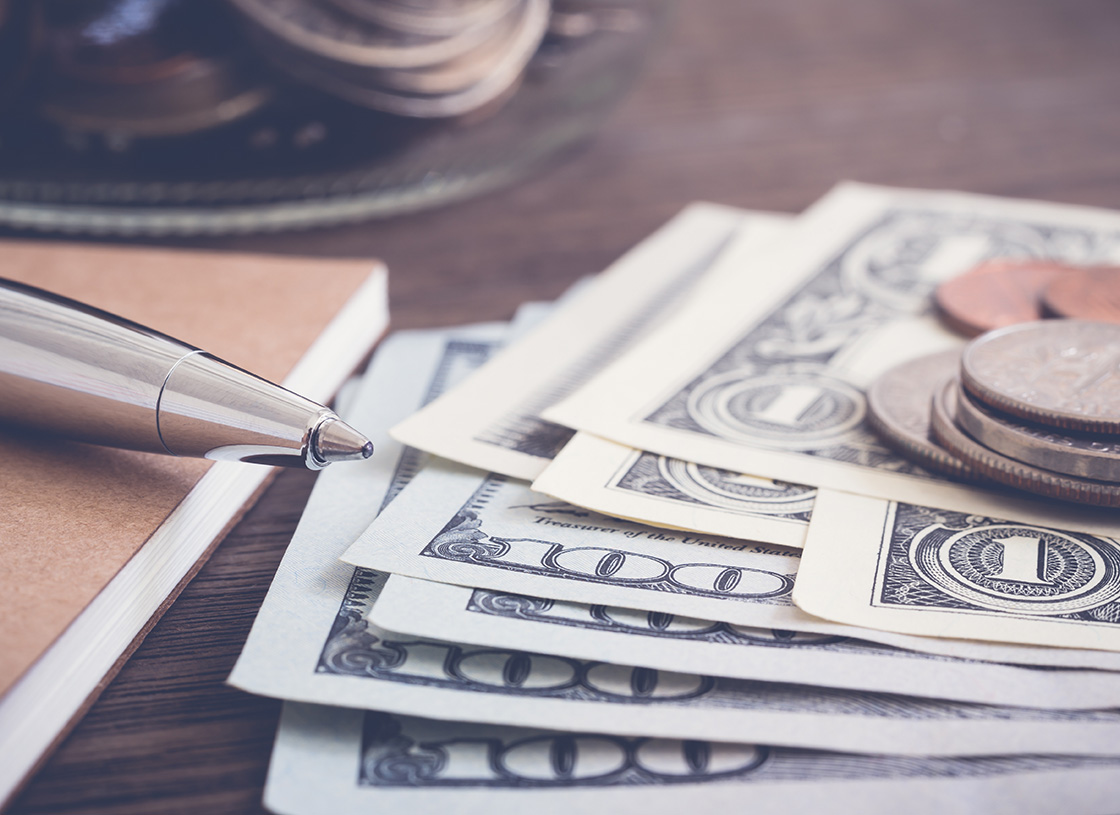You’d think “tables” are the places where all transactions occur since one of the most well-known sales clichés is “don’t leave money on the table.” Furniture references aside, even when you’re completing your estimate in the front seat of your truck and presenting it standing up in the home, you still want to look for an opportunity to make your transaction size larger.
Importantly, when you improve profits by selling more to each customer – it’s to your customers’ benefit too.
The key to an upsell is providing a service or product that is complementary to a purchase decision that’s already been made. The additional product adds value, and your customers can see this value. In fact, Shopify says about 30 percent of consumers will add an additional last minute item if they’re offered something that complements what they’ve already chosen.
For contractors, in practical terms, that could be an added service – say, stopping a faucet leak during a water heater installation. Or adding the installation of new smoke alarms or CO detectors. Or enrolling customers in a maintenance agreement. Or providing additional products, such as an extended supply of bulbs for new fixtures, or air filters for HVAC units, or programmable thermostats.
The point is, your customer has or will have needs soon that you can address now, so you’re actually helping them with your additional product or service. That’s the best foundation for an upsell.
As sales expert Jeffrey Gitomer says, “Upselling or add-on selling is the single biggest lost opportunity in amateur salesmanship. And upsell is the sister to a referral – both are sales-after-the-sale. Both are ‘in addition’ to what you already have sold.”
When your customer has made a buying decision, his wallet is open, which makes the “second sale” so much easier. You should mention your appropriate add-on after the purchase decision has been made – but before the sale is completed.

